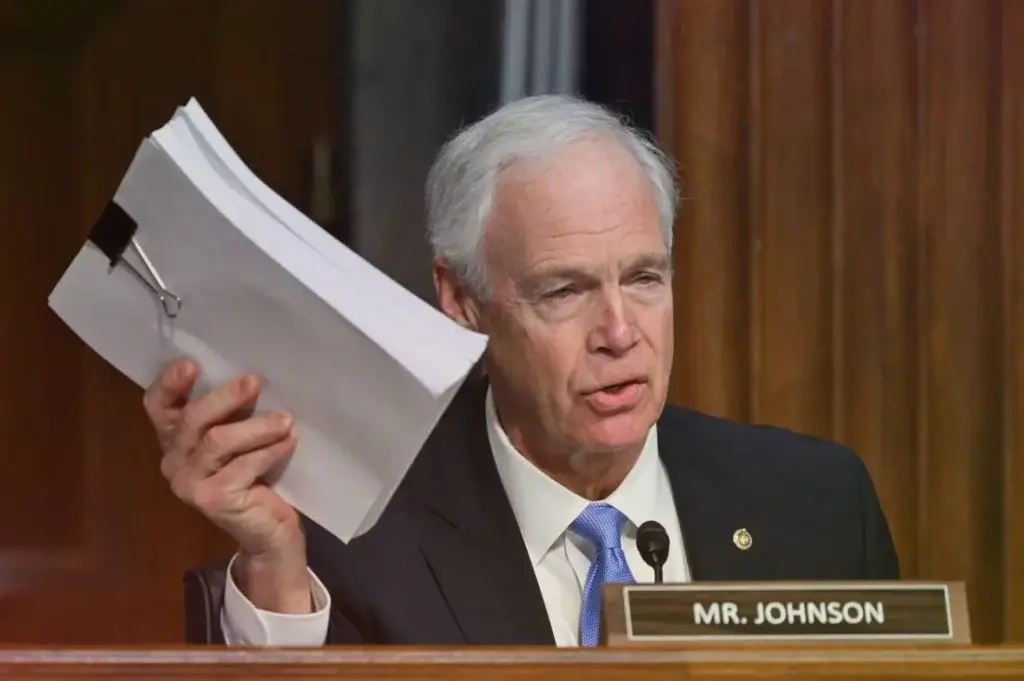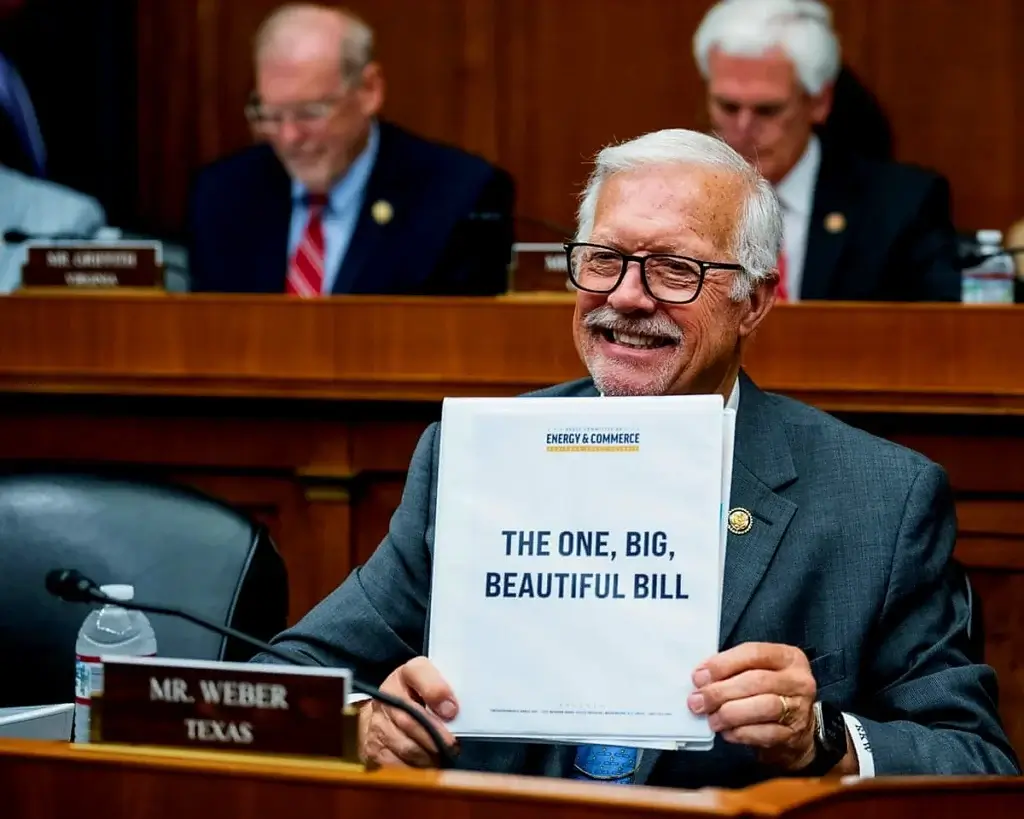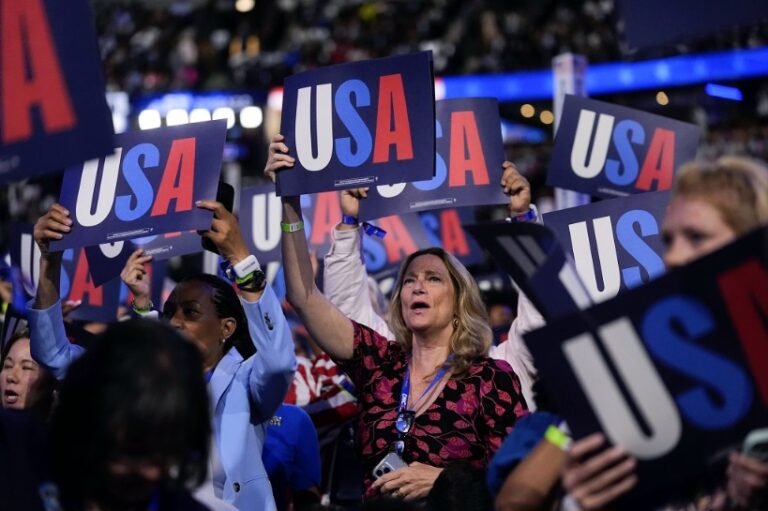“The One Big Beautiful Bill” – it’s not really a political slogan, but rather a blueprint for what is being touted as the biggest tax cuts in American history. With this landmark signing, the United States has seen a major shift in its tax policy landscape. At the core of the move was a call to make the 2017 tax cuts permanent, a decision that Republicans and many conservatives had long been demanding.
Former White House National Economic Council Director Kevin Hassett, who recently appeared on “Unmuted,” put the spotlight on supporters’ smirks and elements. According to Hassett, this legislation is not just about cutting taxes – it’s about rebuilding economic confidence, attracting investment and stabilizing Americans in the middle class and working class.
A Look Back: The 2017 Tax Cuts and Jobs Act (TCJA)
To understand the importance of this document, we need to revisit the 2017 Tax Cuts and Jobs Act signed into law during the Trump administration. That law lowered the New York Times income tax rate from 35% to 21%, doubled the standard tax, and provided individual tax relief—but only modestly. Many of the provisions were phased out by 2025.
Now, with One Big Beautiful Bill, these provisions are firmly in place, aimed at providing undeniable certainty for both the fund and the taxpayer.

Waxamia’s key provisions:
No federal tax on overtime or tips: A bold move aimed at boosting the incomes of working-class Americans, especially those in the service sector.
No federal tax on Social Security income: Retirees will receive more of their benefits, which could improve the financial security of elderly citizens.
Outside view of Medicaid illegality: A controversial proposal focused on recreational incentives and welfare reform.
Conservative fatherhood fosters finance section: A summary of conservative social policy.
Investing billions in border and national security: Strengthens the administration’s “American First” agenda.
Support and criticism
Fast’s argument is that this factory is a victory for “every American who works hard and follows the law.” It’s more money in the hands of the family and less for Zuma. Motion to tax work, overtime and Social Security tips, it is shown directly to millions of Americans.
However, critics claim that it favors the rich and could further fuel federal trends. Social immaturity argues that Colombian fatherhood and Medicaid access could harm the sandy population. In addition, economists warn of fiscal risks if growth does not offset revenue losses.
Politics and the 2025 election
It’s clear that this machinery is also a coveted step ahead of the 2025 presidential election. Taxation energizes the conservative base and coincides with campaign themes like economic freedom and limited government. Pixel Animedute, where Hassett discussed Miami, has become a platform for shaping public perception about this cementing victory.



